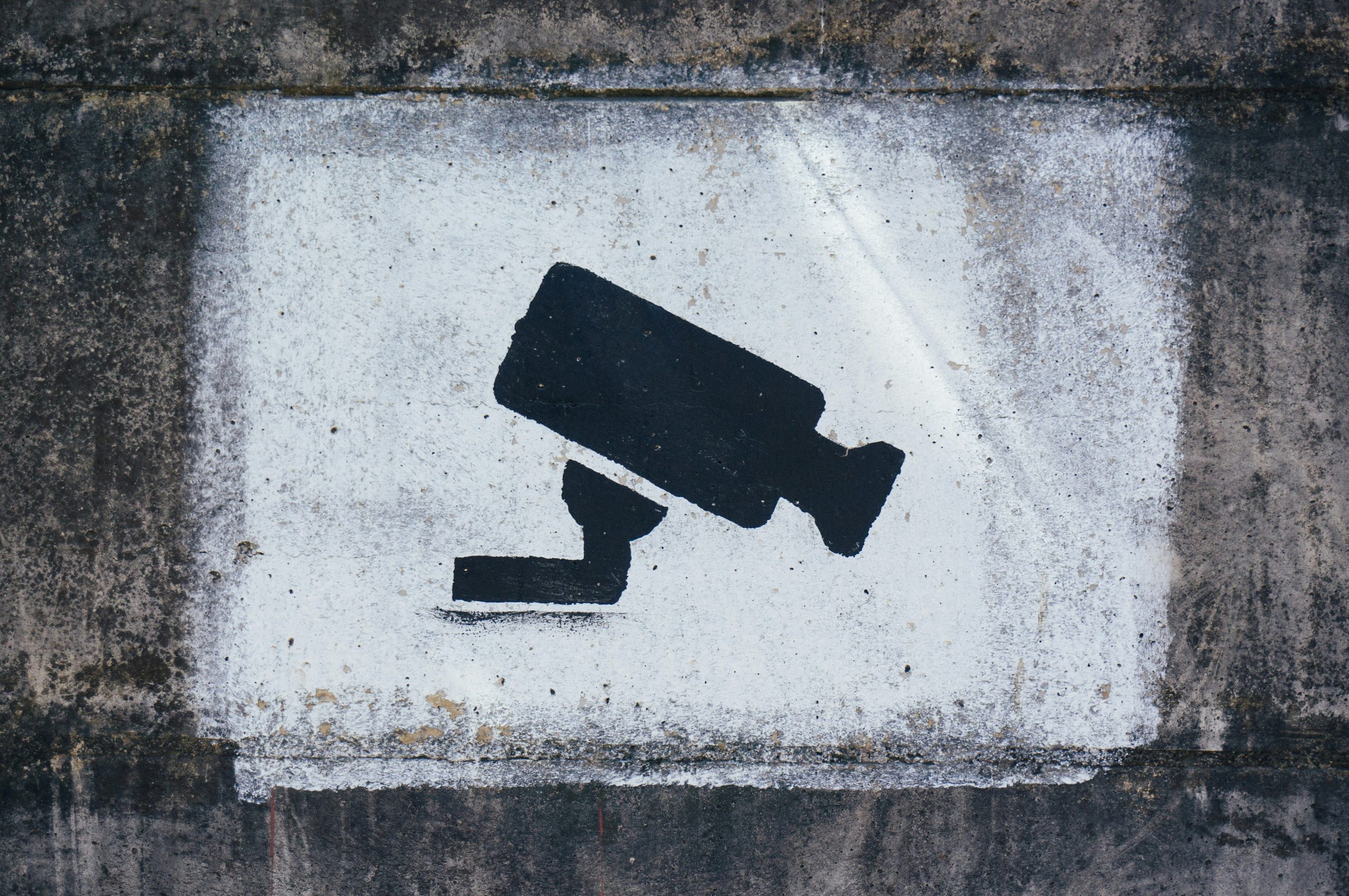The metaverse is an evolving concept that has been discussed for many years, but has recently gained a lot of attention due to advances in technology. The metaverse is essentially a virtual world where people can interact with each other and digital objects in a three-dimensional space. It is a complex and immersive experience that offers many opportunities but also presents new challenges from a data protection and privacy perspective. The use of avatars, data anonymity, data generation all present significant data protection challenges which this article explores.
Personal Data and Special Categories of Personal Data
One of the biggest challenges of the metaverse is the collection and processing of personal data. In the metaverse, users create avatars that represent them in the virtual world. The creation of avatars will require the collection and processing of personal data, such as biometric data, behavioural data, and location data. This data is essential for interactions between users and functioning of the metaverse, but it also leads to heightened risks given the sensitivities of such data and the strict rules that apply to this type of data.
In certain situations, specific metaverse platforms may enable individuals to generate avatars featuring fictional characters that bear no resemblance to their actual physical appearance or personal information. Additionally, they can design various other objects or features that differ from their real-life counterparts, which is beneficial from an individual’s perspective as it enables individuals to ensure their anonymity when interacting with other users or vendors on the platform. Of course, this is only permissible as long as it’s deemed equitable and does not have any detrimental impact on others.
The use of avatars and pseudonyms in the virtual world also can make it challenging to attribute personal data to a specific individual. This in turn poses further data protection compliance issues such as cross border transfers, transparency and upholding the rights of data subjects as explained below.
Cross-border transfers of Personal Data
Another challenge of data protection in the metaverse is the cross-border transfer of personal data. Users of the metaverse may be located in various countries, and their personal data may be transferred to servers located in other countries. This raises issues about compliance in multiple jurisdictions, each with varying data protection laws and regulations.
For example, the EU and UK GDPR provide a set of rules for the transfers of personal data to third countries. Third countries are countries which are considered to not have adequate levels of protection for personal data. These rules include putting in place one of the appropriate safeguards for such restricted transfers such as the UK’s International Data Transfer Agreement, EU Standard Contractual Clauses or binding corporate rules.
Transparency
Another data protection issue in the metaverse is the lack of transparency in data collection and processing. Due to the nature of the metaverse, users interact with the virtual environment through avatars and other virtual representations, which can make it difficult for users to know when, where, and how their personal data is being collected and used. The provision of transparency information, often in the form of a privacy notice or user information, becomes challenging as individuals progress through this virtual environment.
Additionally, many metaverses rely heavily on algorithms to personalise user experiences and provide targeted advertising. However, the algorithms used in the metaverse are often complex and opaque, which makes it challenging for users to understand how their personal data is being processed and why they are being shown specific advertisements or recommendations (and when they consented to such processing).
Given the challenges in providing transparency information, providers of metaverses are often not transparent about their data collection and processing practices, leading to invisible processing and leaving users unable to make informed decisions about how their personal data is being used. This can erode trust in the metaverse ecosystem and ultimately its success.
Data subjects rights
A crucial issue arises regarding whom individuals can approach to assert their rights. Under the EU and UK GDPR, data subjects have a right to know what personal data is being collected, how it is being used, and who it is being shared with. They also have the right to access their personal data, rectify it, and erase it under certain circumstances.
This matter is complicated in the metaverse, as the operators in this virtual world, who usually act as data controllers, may not willingly reveal their identity or comply with requests from data subjects. They might conceal themselves behind email aliases or other proxies. This issue can be further complicated if one user’s privacy is violated by another user, where pseudonymity is no longer advantageous but instead becomes a liability, particularly when it comes to commercial entities such as advertisers.
Conclusion
As discussed above, there are some data protection challenges arising in the metaverse. To address these, metaverse companies should prioritise the following: the provision of clear and concise explanations of their data collection and processing practices, ensuring that users have control over their personal data, developing mechanisms to comply with cross-border data protection requirements, and implementing robust privacy compliance programmes. As with any data collection, security is also fundamental and companies should work with their IT teams to ensure appropriate security is in place and plan for incidents if things go wrong.






















